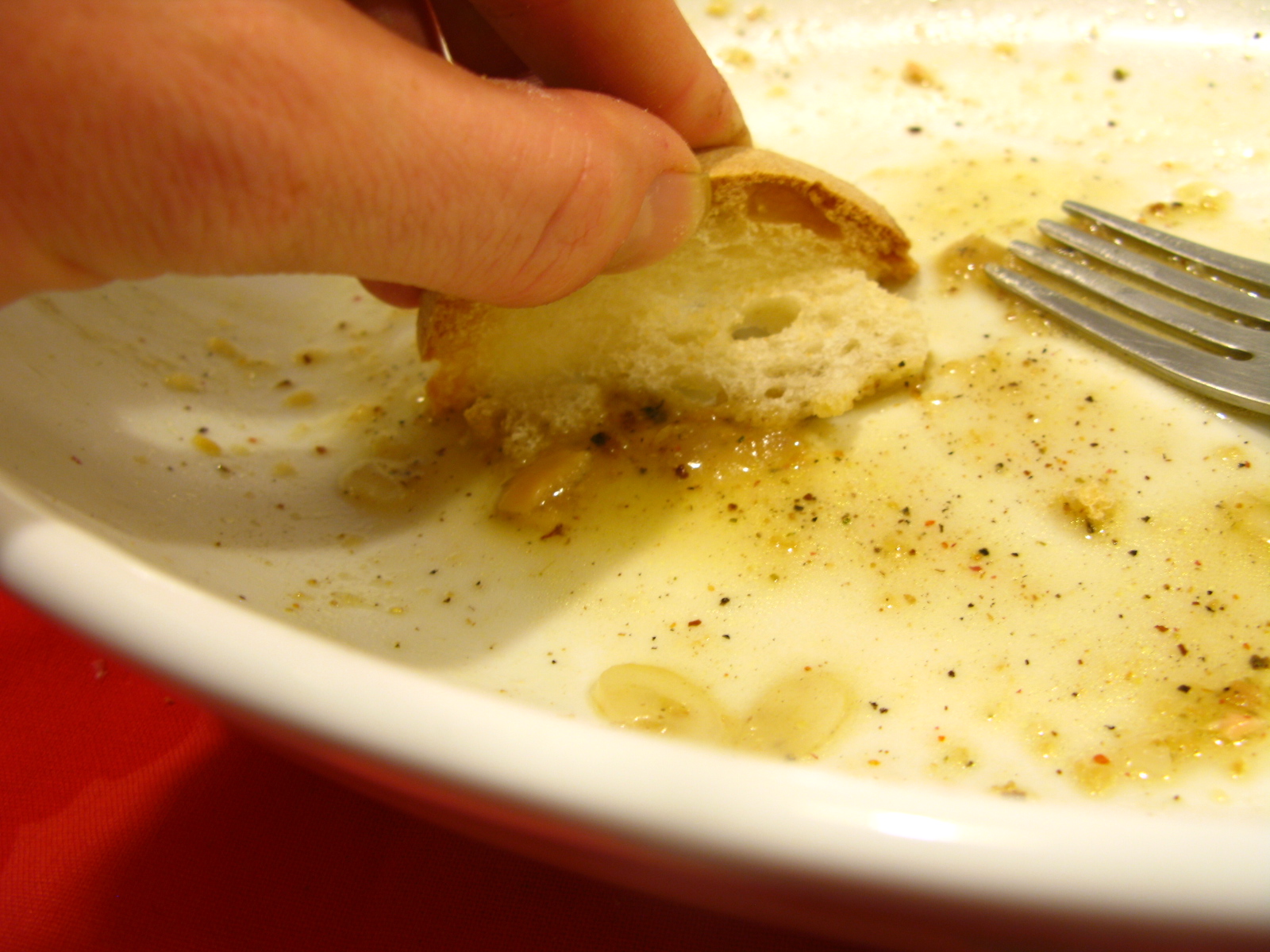This is a delicious spongy cake, popular around Carnival time in February but now found year-round, particularly in shops in downtown Florence.Put the sifted flour, baking powder, oil, milk, grated orange rind, saffron, sugar, eggs, and a pinch of salt into a mixing bowl and beat together thoroughly until all the lumps are eliminated and the batter is smooth and thick.....
In Tuscany, cantucci di Prato—miniature, anise-flavored almond biscotti—are traditionally served at the end of a meal with a glass of Tuscan dessert wine, vin santo, for dipping. “But, being English, Trudie and Sting often eat them with tea,” Sponzo says. Il Palagio’s vin santo (which is Italian for “holy wine”) is made with Trebbiano and Malvasia grapes from the estate’s own organic vineyards, which are dried in rafters before their sweet juice is pressed and fermented.
Panettone and pandoro are both Christmas staple throughout Italy: delicious and yummy as they do look, those traditional Italian sweet yeast breads, most popular around Christmas and other special occasions.Let's present these two Italian, Christmas stars! Panettone, the tall, cylindrical (usually taller than broad, with its hallmark domed shape), fruit-filled sweet bread has graced Christmas tables in Milan, pretty much as we find it today, since at least the Reinassance: there are many fascinating legends regarding its origins.The most well know of the panettone, describes a Milanese baker named Toni who had a beautiful daughter.A young nobleman wanted to marry her so disguised himself as a baker, and baked this special sweet bread filled with raisins and candied fruit peels to win the father’s approval. The two young people married, and meanwhile the sweet bread made Toni’s bakery famous, and was named “pan de Toni” or, Toni’s bread.
Have you ever noticed, during wintertime, people eating roasted chestnuts, picking them from sheets of yellow paper, bought along the road in the center of Florence? Have you ever tried this particular kind of finger food? The humble, sweet chestnuts have long played an important part in Italian history and its related diet. Throughout the centuries, chestnut cultivation spread throughout the Itallian peninsula, being one of the few food crops that could be grown on steep mountain slopes, and also one of the few crops that could be expected to provide sustenance through the long winter months. Chestnuts, for example, helped sustaining....
It's new wine time, or Vino Novello, as we Italians call it. Vino Novello is the first of the crop; it goes on sale on November 6 and it's going to be available through February, not...
In a 12-inch saute pan, heat the olive oil over a medium-high flame until hot but not smoking. Add the onion and garlic and saute for a few minutes, until onion is translucent. Add a pinch of salt. Add the chopped tomatoes and their juices and bring to a boil. Reduce to a simmer and let cook until the tomatoes begin to soften and break down, about 5 minutes.
What is Lampredotto? It is the institutional Florentine food. You may now find it elsewhere in Tuscany, but it’s been in the Florentine tradition for centuries until few years ago when it became more widespread. It is a connoisseur food, although it belongs to the popular Tuscan food tradition. You can always find it between piazza del Mercato and piazza San Lorenzo in Florence during weekdays,
The Negroni cocktail is made of 1 part gin, 1 part sweet vermouth, and 1 part bitters, traditionally Campari. It is considered an apéritif, a pre-dinner cocktail intended to stimulate the appetite.
This is perhaps one of the most genuine “pasta asciutte” from Lazio. This kind of sauce, with which only the “bucatini” can be dressed, takes the name from the town of Amatrice. The bucatini is a long pasta, like holed spaghetti.
Often Italians are not regarded professional in the kitchen. The ability to open the refrigerator and “whip up” a good meal seems to belong to the reign of “pure improvisation”. My answer is: it depends on the result. If the “whipped up” meal is good and balanced this is more than random improvisation: it is deep knowledge of the ingredients, their behaviour in cooking and how they can be matched without destroying the pallet and the stomach.








